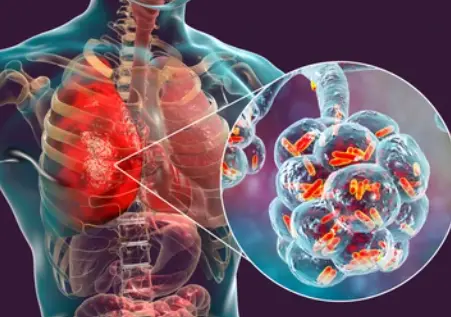 Welcome
Welcome
“May all be happy, may all be healed, may all be at peace and may no one ever suffer."
- A
- B
- C
- D
- E
- F
- G
- H
- I
- J
- K
- L
- M
- N
- O
- P
- Q
- R
- S
- T
- U
- V
- W
- X
- Y
- Z
Spermatogenesis induction - Generics
Spermatogenesis is the process of sperm cell development that occurs in the testes of male individuals. It is a complex process that involves multiple cell types and hormonal signals, and can be influenced by various factors such as genetics, age, and environmental exposures. In cases where there is a deficiency in sperm production, spermatogenesis induction may be considered as a potential treatment option.
Spermatogenesis induction is the process of stimulating the testes to produce sperm in cases where there is a deficiency in sperm production. This can be achieved through various approaches, including the use of hormonal treatments or assisted reproductive technologies such as in vitro fertilization (IVF) with intracytoplasmic sperm injection (ICSI). The specific approach used will depend on the underlying cause of the sperm deficiency and other individual factors such as age and overall health status.
One common approach to spermatogenesis induction involves the use of hormonal treatments such as clomiphene citrate or gonadotropins. Clomiphene citrate is a medication that is commonly used to induce ovulation in women, but can also be used in men to stimulate the production of luteinizing hormone (LH) and follicle-stimulating hormone (FSH), which are essential for spermatogenesis. Gonadotropins are another type of hormone treatment that can be used to stimulate the testes to produce sperm. These medications are typically administered through injection and may require close monitoring to ensure appropriate dosing and minimize side effects.
In cases where hormonal treatments are not effective or are contraindicated, assisted reproductive technologies such as IVF with ICSI may be considered. This involves the extraction of sperm directly from the testes or epididymis, followed by injection of the sperm into an egg in the laboratory. This approach can be highly effective, but may also be associated with additional risks and complications compared to hormonal treatments alone.
It is important to note that spermatogenesis induction may not be effective in all cases of sperm deficiency, and success rates can vary depending on the underlying cause and individual factors. In addition, the use of hormonal treatments or assisted reproductive technologies may be associated with side effects and risks, which should be carefully considered and discussed with a healthcare provider.
Overall, spermatogenesis induction can be an important treatment option for individuals with sperm deficiency who are interested in achieving fertility. However, the specific approach used will depend on individual factors and should be carefully evaluated and monitored by a healthcare provider.

Amenorrhoea

Cat scratch disease

Chemotherapy-induced naus...

Gum sore

Cleansing of the colon as...

Pneumonia

Pain or swelling of the c...

Stroke
Spermatogenesis induction, শুক্রাণু জন্মান
To be happy, beautiful, healthy, wealthy, hale and long-lived stay with DM3S.